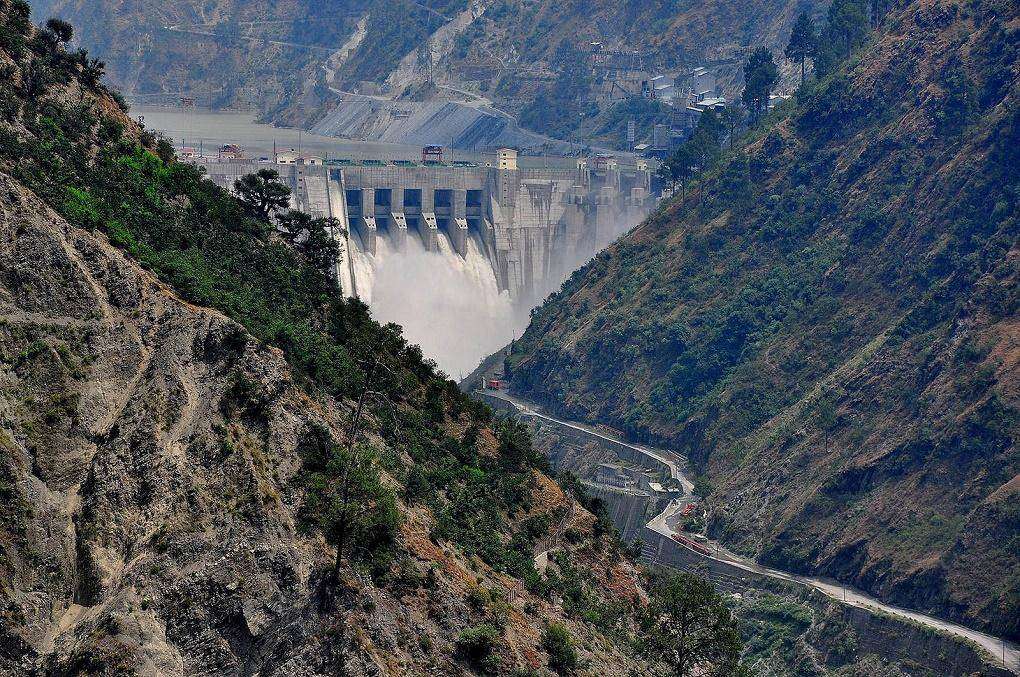Kishtwar district lies nearly 250 kilometres northeast of Jammu. One of the major tributaries of the Indus, the Chenab river flows through the mountainous region in the middle and outer Himalayas.
Kishtwar is known for its saffron farms and sapphire mining. It is a prime spot for hydroelectricity production because of the presence of dense forests and deep narrow valleys in its region. The government is planning to build seven new hydro-power dams on the Chenab and its tributaries in Kishtwar district, with a total capacity of 5,190 MW.
As a result of the latest political happenings in the region, most of the infrastructure projects have been fast-tracked. But there is also a human and environmental cost which comes with it.
In 1983, the Indian Government authorized the 390 MW Dul Hasti Dam 10 Kms downhill from the Kishtwar town. National Hydroelectric Power Corporation required land for the project, so they acquired it from people like Isher Das. His family’s main income source was agricultural land which the government acquired and never even compensated in terms of the financial support.
As the government decides to build on new dams, people are afraid that they have to migrate. It is estimated that about 20,000 people will be affected with the construction of the new dams.
Pathar Nikki village is the site of the construction of the 560 MW Kiru hydropower project, one of the seven projects. People like Abdul Qayoom were forced to migrate to nearby Kishtwar town as their land was taken for the construction works. He was paid compensation of Rs 70 lakh for a house and seven acres of farm.
Though he is a teacher, his main income comes from farming which has gone now. The government also had promised to give jobs to each household and refund the cost of teaching their children.
Environmental activists have also raised concerns over the infrastructure projects. The fact that Kishtwar is an active seismic zone has prompted many geologists to raise the issue to the government but it hasn’t been to any result. Future earthquakes are a major concern.
